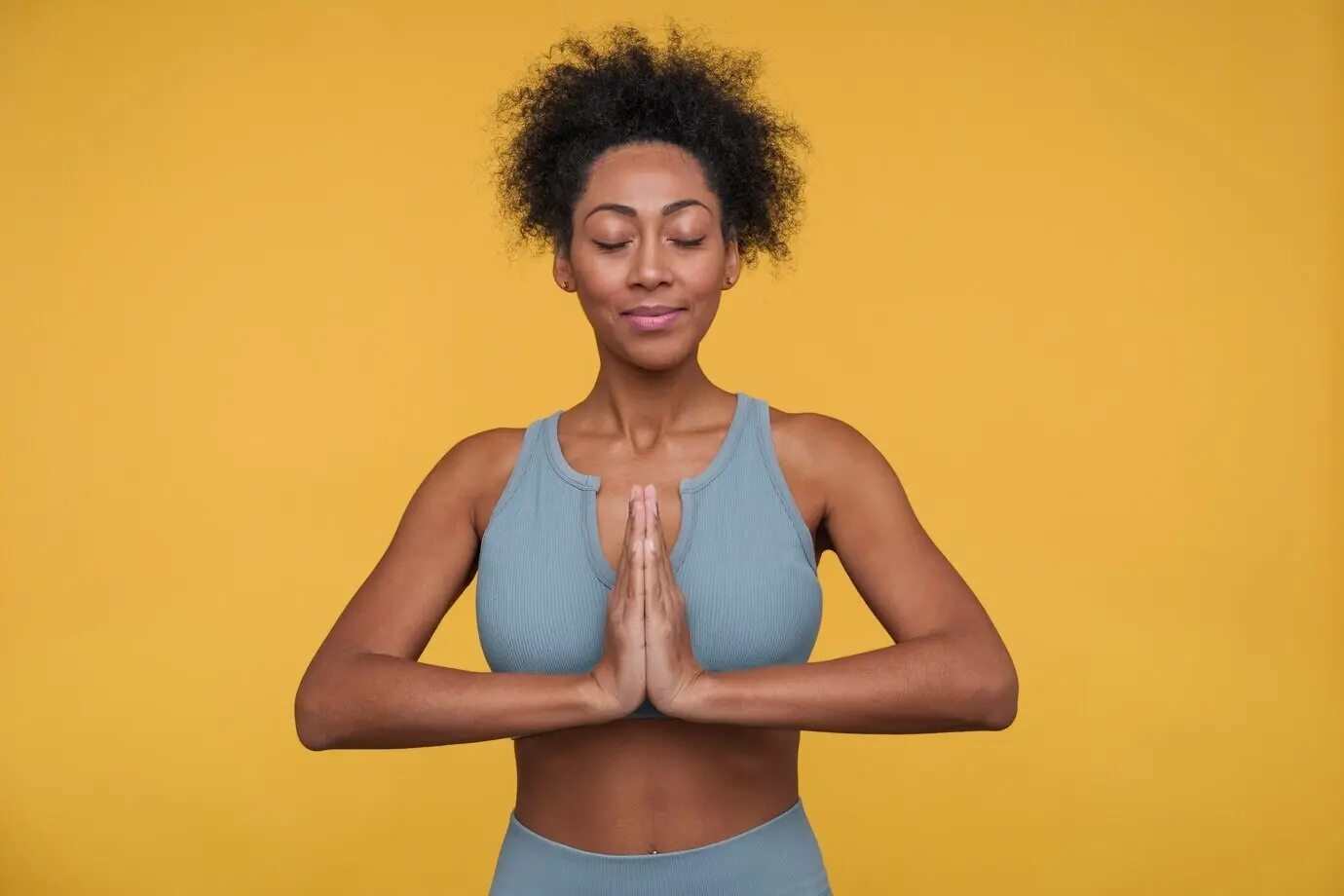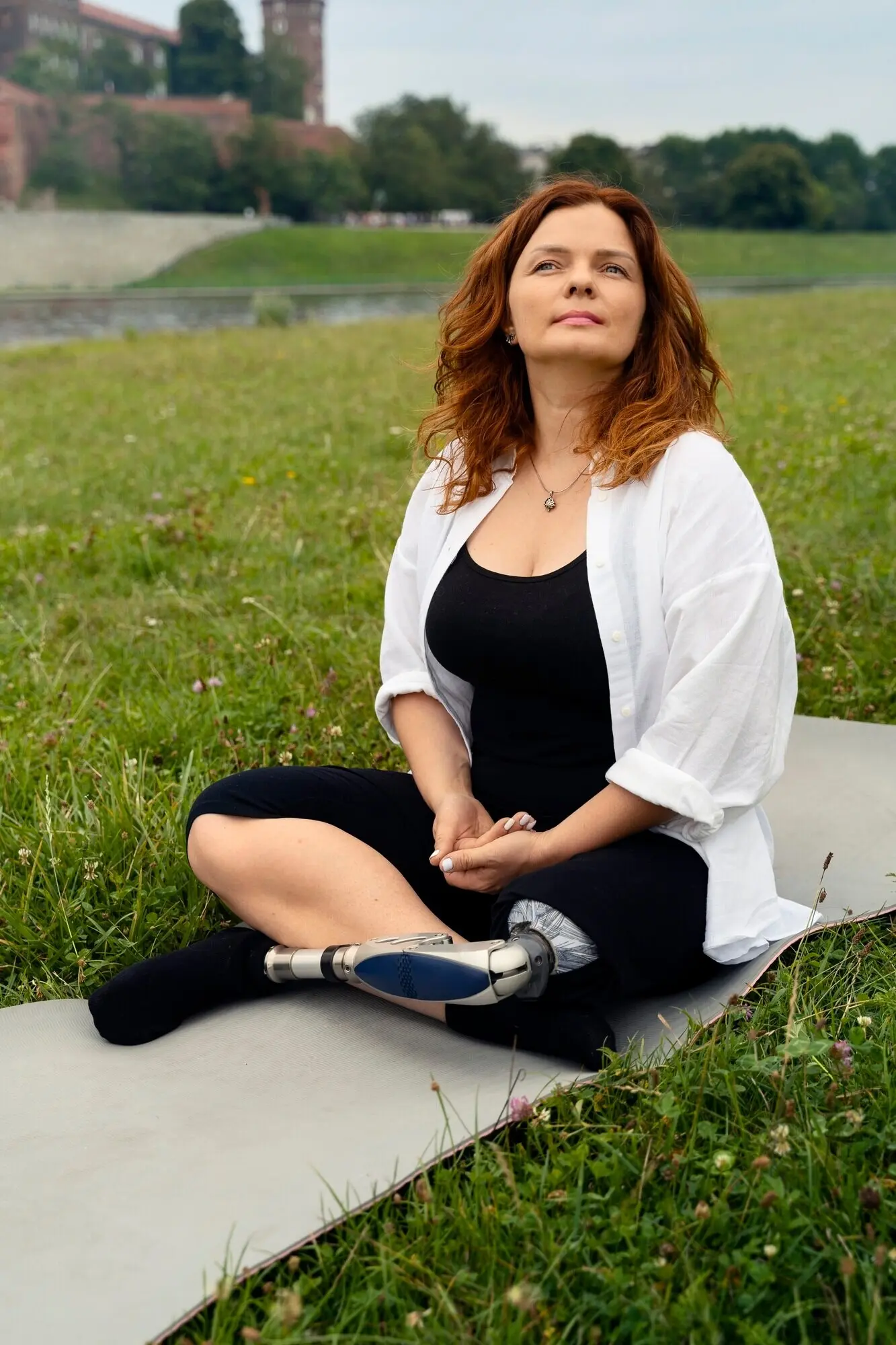Calm Minds, Wired Brains: Mindfulness Meets Stress Science
How the Brain Maps Stress and Finds Balance
Taming Rumination Without Forcing Silence
Insula and Interoception: Reading the Body’s Dashboard
Breath, Vagus Nerve, and Autonomic Regulation
Lengthening the Exhale to Invite Calm
Heart Rate Variability as a Friendly Feedback Signal
Cold, Posture, and Gentle Movement Supporting the Loop
Allowing, Naming, and Reframing Without Suppression
Compassion Changes the Climate, Not Just the Weather
Micro-pauses That Change Conversations and Outcomes
Plasticity Over Weeks and Months: What Actually Changes

Eight Weeks, Noticeable Shifts: What Studies Report
Programs around eight weeks often report measurable improvements in attention, mood, and stress recovery. Still, your timeline is personal. Let practice length match season and capacity. Even five minutes daily can compound, provided sincerity is present and small course corrections follow honest reflection.

Habit Loops: Trigger, Routine, Reward Rewired
Notice triggers, default routines, and rewards that keep stress loops spinning. Swap in brief breathing, a posture reset, or a compassionate phrase as the new routine. Celebrate the reward of clarity and relief. Repetition wires the circuit, turning mindful choices into dependable allies.

Sleep, Nutrition, and Movement as Multipliers
Brains change better when bodies sleep, eat, and move well. Prioritize consistent lights-out, protein and fiber, and walks that raise heart rate slightly. These habits amplify learning signals, stabilize mood, and make it easier to notice subtle cues before stress spirals or decisions harden.
Measuring Progress Without Stressing About It

Tiny, Honest Metrics You Can Keep
Keep it simple: one line about energy, one about focus, one about kindness shown or received. Patterns emerge within weeks. If a practice feels harsh, adjust duration or posture. Progress measured with warmth stays sustainable and invites others to participate alongside you.

When Data Helps and When to Put the Phone Down
Data is a servant, not a ruler. When numbers encourage helpful tweaks, wonderful. When they create pressure, pause tracking and return to embodied cues. The nervous system learns through safety and repetition, not threat. Protect that environment, and skills consolidate with surprising ease.

Share Your Story: Crowdsourcing Insight and Support
Tell us what you tried, what shifted, and what still confuses you. Your reflections help others notice patterns and persevere. Post a comment, invite a friend, or suggest an experiment. Shared curiosity builds resilience networks stronger than any single strategy practiced alone.
All Rights Reserved.